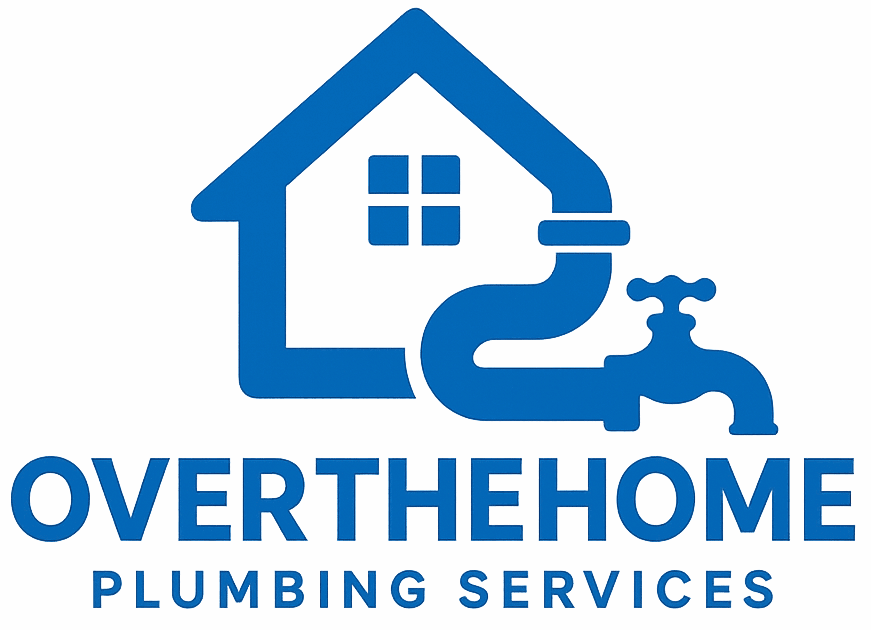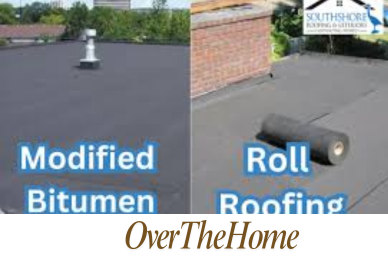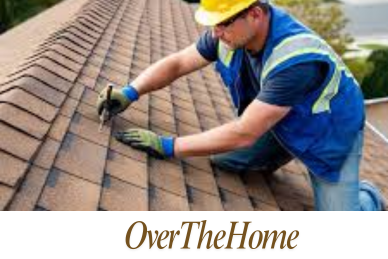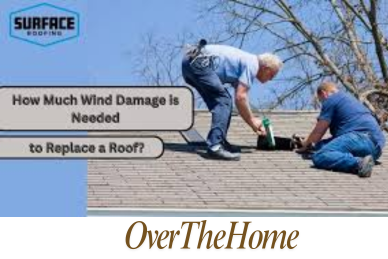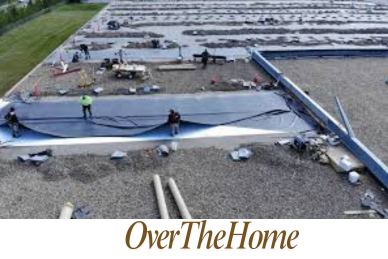How Many Shingles Need to Be Missing for Insurance Coverage?
Short Answer: While there’s no universal number of shingles that need to be missing for insurance coverage, insurers typically consider the overall extent of damage and whether the integrity of your roof is compromised. Even a small number of missing shingles may justify a claim if they expose underlying layers or create conditions for further damage. However, the specific number of missing shingles necessary for coverage depends on the policy and the nature of the damage.
Let’s explore how insurance policies work when shingles are missing, the factors influencing claim decisions, and the steps you should take to protect your home and your wallet.
How Homeowners Insurance Covers Roof Damage?
When roof shingles go missing, homeowners often wonder if their insurance will cover the cost of repairs. Typically, insurance policies cover roof damage caused by perils such as wind, hail, or fire. However, there are nuances in how insurance companies handle claims, depending on your policy and the type of damage sustained.
Replacement Cost Value (RCV) vs. Actual Cash Value (ACV)
Homeowners insurance policies usually provide either replacement cost value (RCV) or actual cash value (ACV) coverage for roof repairs or replacement:
- RCV: This type of coverage pays for the full cost to replace your roof with new materials of similar kind and quality, without deducting for depreciation. It’s more favorable for homeowners, as it covers the total cost of restoring the roof to its original state.
- ACV: In contrast, actual cash value coverage takes depreciation into account. This means you’ll only be reimbursed for the current value of your roof, not the original value. So, if your roof is 20 years old, ACV will provide significantly less than RCV.
It’s important to review your policy to understand whether your roof damage will be covered under RCV or ACV, as this can significantly affect how much you receive for repairs or replacement.
How Many Shingles Need to Be Missing to Qualify for Insurance Coverage?
There is no one-size-fits-all answer to how many shingles need to be missing before you can file an insurance claim. However, here are the most important factors insurance companies consider when assessing your claim:
1. Extent of Damage
Insurance companies will first determine how extensive the damage is. If only one or two shingles are missing and the underlying roof deck is intact, the damage may not be severe enough to warrant a claim. However, if the loss of shingles leaves your roof exposed to leaks or the elements, a claim is more likely to be approved.
For example, during a windstorm, if several shingles are blown off across different sections of the roof, the damage could be enough to compromise the roof’s integrity. In these cases, an insurance adjuster would likely recommend repairs or a full roof replacement.
2. Roof Age and Condition
The age and condition of your roof play a significant role in whether missing shingles are covered by insurance. Older roofs (typically 20 years or older) may be subject to depreciation under an ACV policy, meaning you’ll get less money for repairs. Additionally, insurance companies are less likely to cover repairs for roofs that haven’t been properly maintained. Regular inspections and upkeep can help ensure your claim is approved.
According to data from roofing professionals, the average lifespan of an asphalt shingle roof is about 20-30 years. If your roof is nearing this age, your insurance company may only cover a portion of the repair costs, depending on how well it has been maintained.
3. Roof Material
Different roofing materials have different durability and longevity. For example, slate roofs can last up to 100 years, while asphalt shingles have a shorter lifespan. When considering claims for missing shingles, the type of material your roof is made of may influence whether the damage is considered repairable or if a replacement is necessary.
4. Local Building Codes
In many areas, local building codes require that roofs be replaced entirely if more than 25% of the roof is damaged. In these cases, your insurance company would typically cover the cost of a full roof replacement if the damage exceeds this threshold, even if only a portion of the shingles are missing.
| Roof Material | Average Lifespan |
| Asphalt Shingles | 20-30 years |
| Slate | 75-100 years |
| Wood Shingles | 25-30 years |
| Metal | 40-70 years |
Steps to Take After Discovering Missing Shingles
If you notice missing shingles on your roof, it’s important to take immediate action to prevent further damage and increase your chances of a successful insurance claim.
Step 1: Inspect the Damage
First, visually inspect the roof from the ground or a safe location. Check for missing or damaged shingles, signs of leaks inside the house, and other visible issues. For more thorough inspection, you may want to hire a professional roofer who can identify the full extent of the damage.
Step 2: Document the Damage
Take photos or videos of the damage as soon as possible. Documentation is crucial for insurance claims, as it provides evidence of the damage before any repairs are made. Be sure to take close-up shots of missing shingles, as well as wider shots that show the overall condition of the roof.
Step 3: Temporary Repairs
If your roof is exposed due to missing shingles, make temporary repairs to prevent further damage. You can use a tarp or roofing sealant to cover the affected areas until a professional can fix the problem. Keep receipts for any materials you purchase, as your insurance company may reimburse you for temporary repairs.
Step 4: Contact Your Insurance Provider
Once the damage is documented, contact your insurance company to file a claim. Provide them with the photos and any other documentation you have. The insurance company will send an adjuster to assess the damage and determine whether repairs or replacement are necessary.
What Happens During an Insurance Inspection?
When you file an insurance claim, the insurance company will send an adjuster to inspect the damage. The adjuster’s role is to determine whether the missing shingles are covered by your policy and how much the repairs or replacement will cost.
During the inspection, the adjuster will look for signs of damage beyond just the missing shingles. They will assess whether water has penetrated the roof’s underlayment, whether the roof deck has been exposed, and whether the overall structure of the roof has been compromised.
The adjuster may also consider factors such as the roof’s age, the condition of the remaining shingles, and any previous repairs. If the damage is extensive, or if the shingles are difficult to match with new materials, the adjuster may recommend replacing the entire roof rather than just repairing the affected areas.
Potential Outcomes of a Claim
After the inspection, the insurance company will decide whether to approve the claim. Here are the potential outcomes:
- Approved for Repair: If the damage is localized and the roof is otherwise in good condition, the insurance company may approve a claim to replace the missing shingles or repair the affected areas.
- Approved for Full Replacement: If the damage is widespread or the roof is old and difficult to repair, the insurance company may approve a full roof replacement. This is more likely if more than 25% of the roof is damaged or if local building codes require it.
- Claim Denied: If the damage is deemed to be the result of poor maintenance or if the roof is too old to be covered, the insurance company may deny the claim. In this case, the homeowner would be responsible for the cost of repairs or replacement.
Common Reasons for Claim Denials
While many insurance claims for missing shingles are approved, there are several reasons why a claim might be denied:
- Pre-existing Damage: If the missing shingles are part of a larger issue, such as long-term wear and tear or an improperly maintained roof, the insurance company may deny the claim.
- Lack of Maintenance: Insurance companies expect homeowners to maintain their roofs. If the roof hasn’t been inspected or repaired in years, they may refuse to cover the damage.
- Policy Exclusions: Some insurance policies exclude coverage for certain types of roofs (such as wood shake) or may not cover roofs older than 20 years.
Wrapping Up
When it comes to insurance coverage for missing shingles, there’s no single rule or specific number of shingles that dictates whether a claim will be approved. Instead, insurance companies focus on the extent and cause of the damage, the condition and age of the roof, and whether the missing shingles have compromised the integrity of the roof.
The best course of action for homeowners is to stay on top of roof maintenance, inspect after storms, and work with trusted roofers to assess damage. If shingles go missing, document everything and file your claim promptly. Be aware that older roofs and poorly maintained roofs may not be fully covered, but a well-maintained roof with sudden damage from a covered peril like wind or hail is more likely to qualify for insurance reimbursement.
